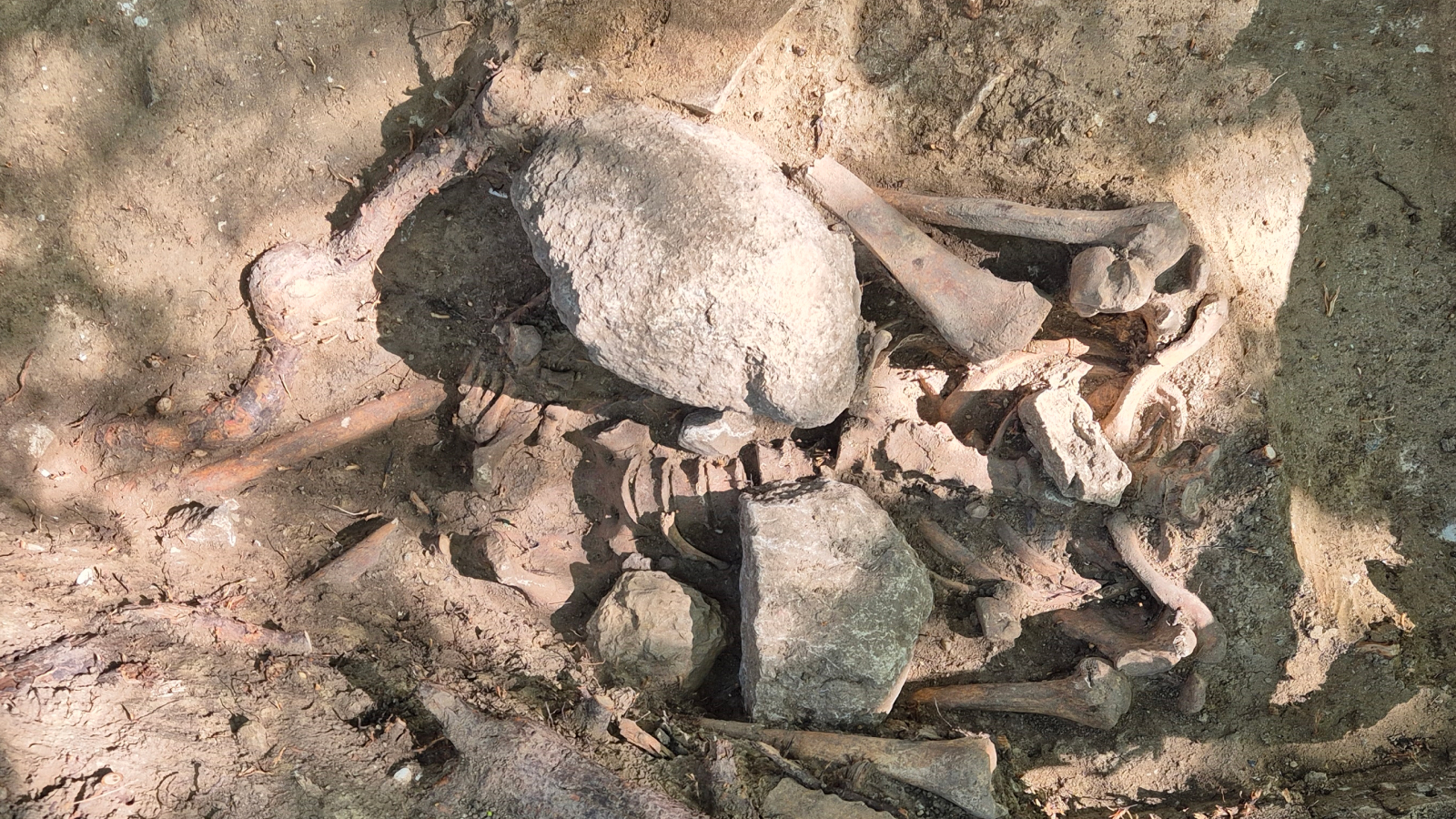Molecules, Vol. 28, Pages 2555: Physico-Chemical Study of Mn(II), Co(II), Cu(II), Cr(III), and Pd(II) Complexes with Schiff-Base and Aminopyrimidyl Derivatives and Anti-Cancer, Antioxidant, Antimicrobial Applications
Molecules doi: 10.3390/molecules28062555
Authors: Maged S. Al-Fakeh Maha A. Alsikhan Jawza Sh Alnawmasi
A new class of biologically active mineral complexes was synthesized by reacting the following metal salts: MnCl2·4H2O, CoCl2·6H2O, CuCl2·2H2O, CrCl3·6H2O, and PdCl2 respectively with 2-amino-4,6-dimethyl pyrimidine (ADMPY) and Schiff’s base resulting from the condensation reaction between benzaldehyde with p-phenylenediamine and 2-hydroxy-1-naphthaldehyde as ligands have been synthesized and characterized on the basis of their CHN, thermal analysis, XRD, SEM and magnetic measurements along with their FT-IR and UV-vis spectra. The scanning electron microscope SEM measurements and the calculations on the powder XRD data indicate the nano-sized nature of the prepared complexes (average size 32–88 nm). The spectral data confirmed the coordinated ligand (HL) via a nitrogen atom of an azomethine group (-C=N-) and phenolic -OH group and NH2-ADMPY ligand with the metal ions. An octahedral geometry for all complexes has been proposed based on magnetic and electronic spectral data except Pd(II) complex, which has a tetrahedral geometry. Molecular modeling was performed for Cu(II) complex using the density functional method DFT/B3LYP to study the structures and the frontier molecular orbitals (HOMO and LUMO). The antioxidant of the complexes was studied using the 2,2-diphenyl-1-picrylhydrazyl (DPPH)-free radical-scavenging assays. The metal complexes were tested in vitro for anticancer activities against two cancer lines A-549 and MRC-5 cells. Cu(II) and Pd(II) complexes showed the highest cytotoxicity effect, comparable to that of other cis-platinum-based drugs. The complexes showed significant activity against fungi and bacteria.

 1 year ago
27
1 year ago
27


